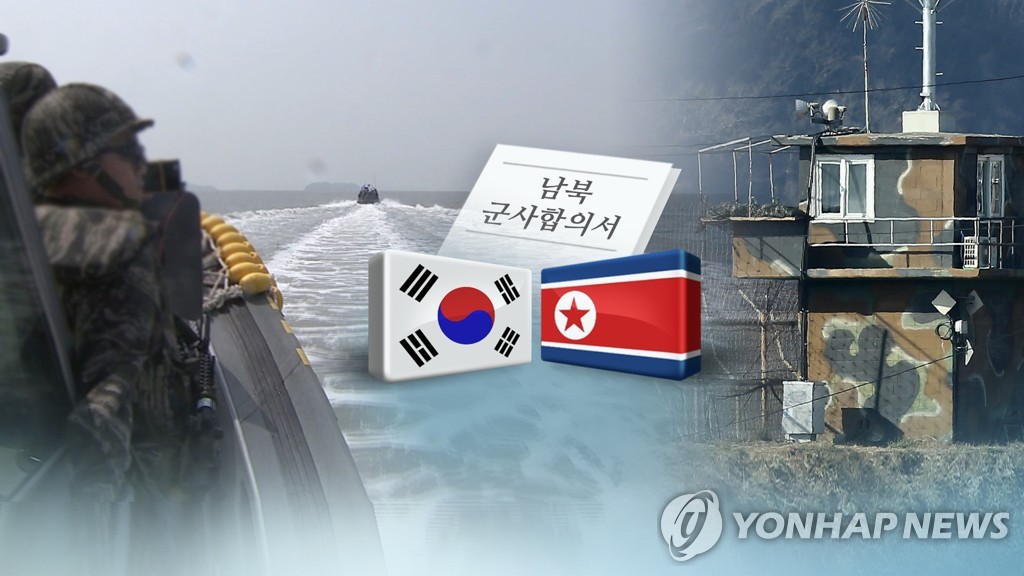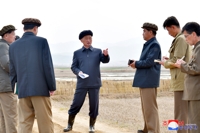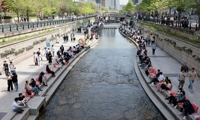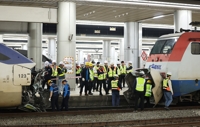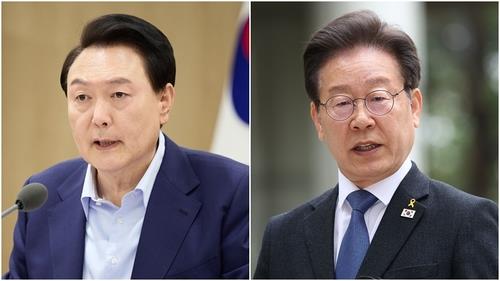(Yonhap Feature) Amid cross-border detente, S. Korea confronts potential threats from outside
By Song Sang-ho
SEOUL, March 6 (Yonhap) -- With a new detente keeping the veneer of peace on the peninsula, South Korea has been awakened rudely to the security challenges it faces from without: muscle-flexing regional powers bent on military buildup.
China's warplanes have repeatedly violated South Korea's air defense identification zone, most recently last month and some 140 times in 2018 alone. Japan posed threats to South Korean warships with menacing low-altitude flybys in December and January.
Against this backdrop, Seoul's defense ministry has started to emphasize "threats from all directions" -- a relatively novel expression adopted in its latest defense white paper.
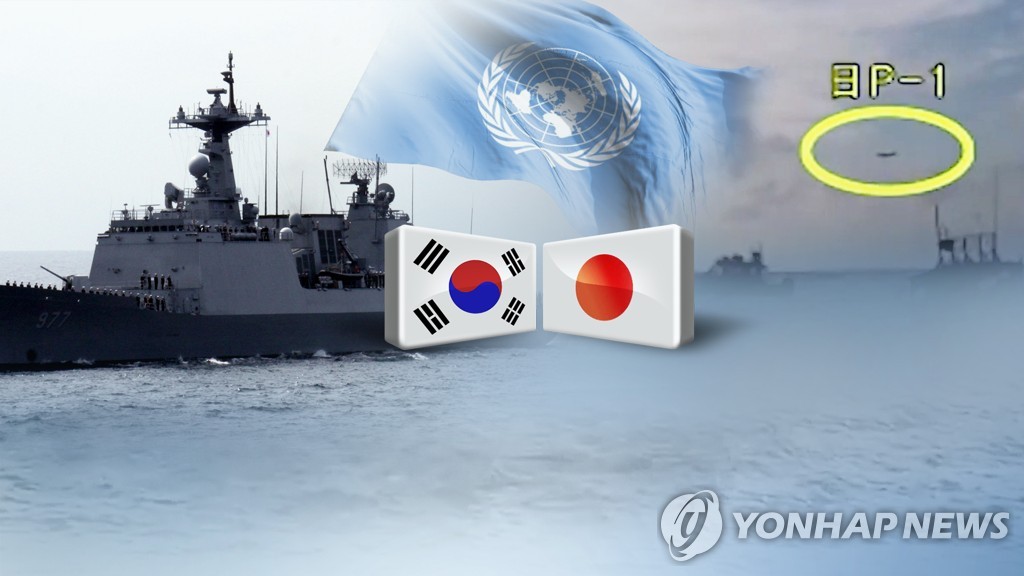
This image, provided by Yonhap News TV, shows a military spat between South Korea and Japan. (Yonhap)
"What we term 'threats from all directions' encompasses potential threats from neighboring countries as well as the existing security challenge from North Korea," a ministry official told Yonhap News Agency on condition of anonymity.
"We have recently started to have some room to look outward and think about the need to prepare against potential external threats, whereas in the past, we were consumed mostly with grappling with North Korean threats," the official added.
Inter-Korean efforts to reduce tensions and build trust have conjured up a sense of peace, at least on the surface, though doubts linger over whether it will last due to a lack of progress in Pyongyang's denuclearization.
Over the last six months, the two Koreas have made great strides in their peacemaking efforts -- unthinkable until late 2017 when tensions ran high due to Pyongyang's nuclear and long-range missile tests that even stoked fears of war on the peninsula.
Under last year's bilateral military accord to halt "all hostile acts," they demolished or disarmed 11 border guard posts each; set up ground, air and maritime buffer zones; disarmed the Joint Security Area in the Demilitarized Zone; and laid the groundwork for a project to excavate Korean War troop remains in the DMZ.
To reflect such progress, Seoul's defense ministry deleted its reference to Pyongyang as an enemy in the 2018 biennial defense white paper published in January.
This year, South Korea hopes to make further headway in its cross-border rapprochement through a set of measures including possible inter-Korean talks for the removal of all border guard posts to transform the DMZ into a "peace zone."
Seoul argued that its engagement with the North would contribute to promoting peace not only on the peninsula but also in Northeast Asia and the world. But there seem to be variables hardly under its control, analysts said.
"Many security experts have said that the current South Korean government's argument -- that should inter-Korean confrontation be resolved, there would come peace in Northeast Asia -- is not logical enough," Nam Chang-hee, a professor of international politics at Inha University, said.
"That was because the potential threats from neighboring countries might seem even greater or be felt that way when the North Korean threats are actually addressed or seem to have been eliminated," he added.
Calls for South Korea to strengthen defense against external threats have emerged as China and Japan are pushing to beef up their militaries with increases in their defense spending, the procurement of high-tech weapons systems and adoption of apparently more active defense postures.
Possibly with the U.S. forces in mind, China has been seen seeking to bolster its military clout for decades with the development and deployment of cutting-edge military assets with greater lethality, accuracy and operational ranges.
In the face of an increasingly assertive China and uncertainty over North Korea's denuclearization, Japan has also been pushing for heavier armament in its gradual shift from an exclusively defense-oriented policy anchored in its pacifist constitution.
China and Japan spent US$150 billion and $46 billion, respectively, in 2017, compared with South Korea's spending at $35 billion in the same year, according to Seoul's latest defense white paper.
For South Korea, China and Japan are still crucial partner countries in terms of trade and diplomacy for Pyongyang's denuclearization.
But it has a dispute with Beijing over the jurisdiction of Ieodo, a submerged rock south of South Korea's southern island of Jeju, and a territorial spat with Tokyo over its easternmost islets of Dokdo.
Analysts said South Korea needs to explore ways to secure enough military power to be able to fend off any outside intervention. They may include "internal balancing" methods to bolster its independent defense capabilities and "external balancing" tools such as strengthening the security alliance with the United States.
"By reinforcing the alliance with the U.S., South Korea can ensure that the alliance can serve as a mechanism to deter any armed conflict in Northeast Asia in a way that does not needlessly provoke Japan and China," said Nam of Inha University.
"That could be the rationale that the allies can use to retain the alliance even after a peace treaty is signed to replace the armistice that halted the 1950-53 Korean War," he added.
But Seoul's push to strengthen defense could clash with its drive for tension reduction and conventional arms control with Pyongyang.
"While the two Koreas are moving to build trust and discuss arms control, the emerging threats from neighboring countries have been lurking in our security discourse," Park Won-gon, a professor of diplomacy at Handong Global University, said.
"Thus, Seoul's defense planning should take into account how to strike a delicate balance between its efforts to reduce tension with Pyongyang and its initiative to cope with potential external threats," he added.
South Korea's defense planning should also involve its analysis of capabilities required for the conditions-based transfer of wartime operational control from the U.S., the professor pointed out.
sshluck@yna.co.kr
(END)
-
 Overdue debut of Korean abstract art pioneer Yoo Young-kuk at Venice Biennale
Overdue debut of Korean abstract art pioneer Yoo Young-kuk at Venice Biennale -
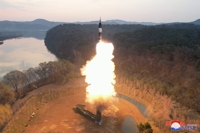 Defense chief says N. Korea's hypersonic missile 'unsuccessful' in last-stage glide flight
Defense chief says N. Korea's hypersonic missile 'unsuccessful' in last-stage glide flight -
 Relax, immerse yourself in scents at Venice Biennale's Korean Pavilion
Relax, immerse yourself in scents at Venice Biennale's Korean Pavilion -
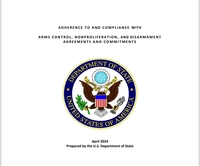 N. Korea has capability to genetically engineer biological military products: U.S. report
N. Korea has capability to genetically engineer biological military products: U.S. report -
 S. Korea marks 30th anniv. of Korean Pavilion at Venice Biennale with contemporary art
S. Korea marks 30th anniv. of Korean Pavilion at Venice Biennale with contemporary art
-
 Overdue debut of Korean abstract art pioneer Yoo Young-kuk at Venice Biennale
Overdue debut of Korean abstract art pioneer Yoo Young-kuk at Venice Biennale -
 Relax, immerse yourself in scents at Venice Biennale's Korean Pavilion
Relax, immerse yourself in scents at Venice Biennale's Korean Pavilion -
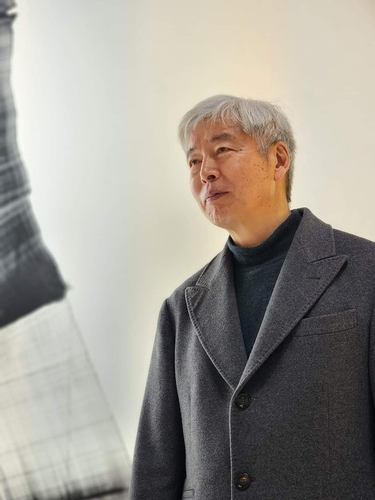 Artist Lee Bae captures ethereal Korean aesthetics at Venice Biennale
Artist Lee Bae captures ethereal Korean aesthetics at Venice Biennale -
 S. Korea marks 30th anniv. of Korean Pavilion at Venice Biennale with contemporary art
S. Korea marks 30th anniv. of Korean Pavilion at Venice Biennale with contemporary art -
 Defense chief says N. Korea's hypersonic missile 'unsuccessful' in last-stage glide flight
Defense chief says N. Korea's hypersonic missile 'unsuccessful' in last-stage glide flight
-
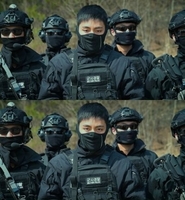 Facebook page unveils photos of BTS member V in counter-terrorism unit gear
Facebook page unveils photos of BTS member V in counter-terrorism unit gear -
 Gov't likely to accept university chiefs' request to lower med school enrollment quota
Gov't likely to accept university chiefs' request to lower med school enrollment quota -
 S. Korea not invited to G7 summit meeting this year: sources
S. Korea not invited to G7 summit meeting this year: sources -
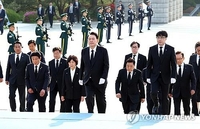 Yoon's approval rating sinks to lowest point since taking office
Yoon's approval rating sinks to lowest point since taking office -
 S. Korea to fully shift to 'endemic' from COVID-19 pandemic starting next month
S. Korea to fully shift to 'endemic' from COVID-19 pandemic starting next month

